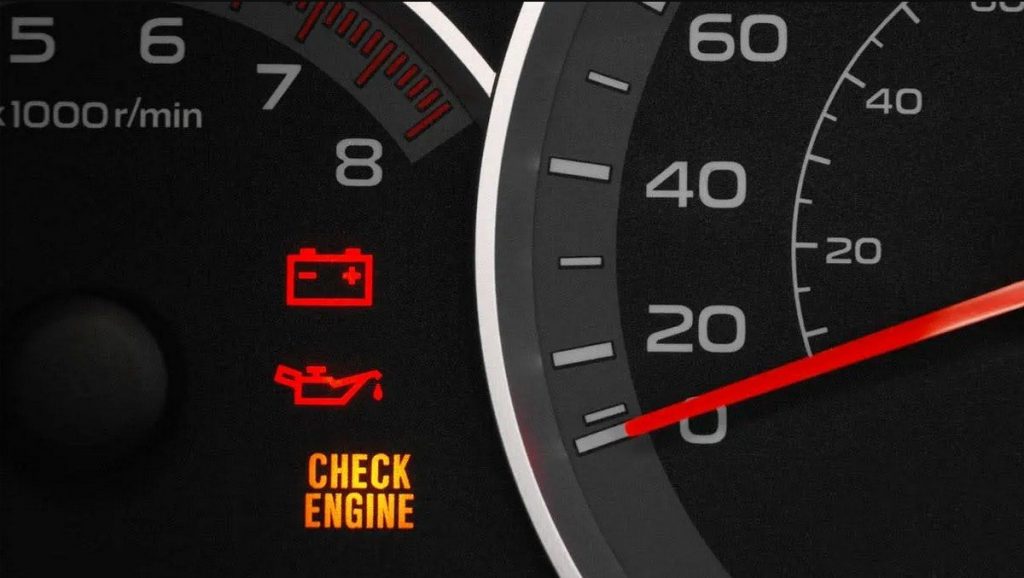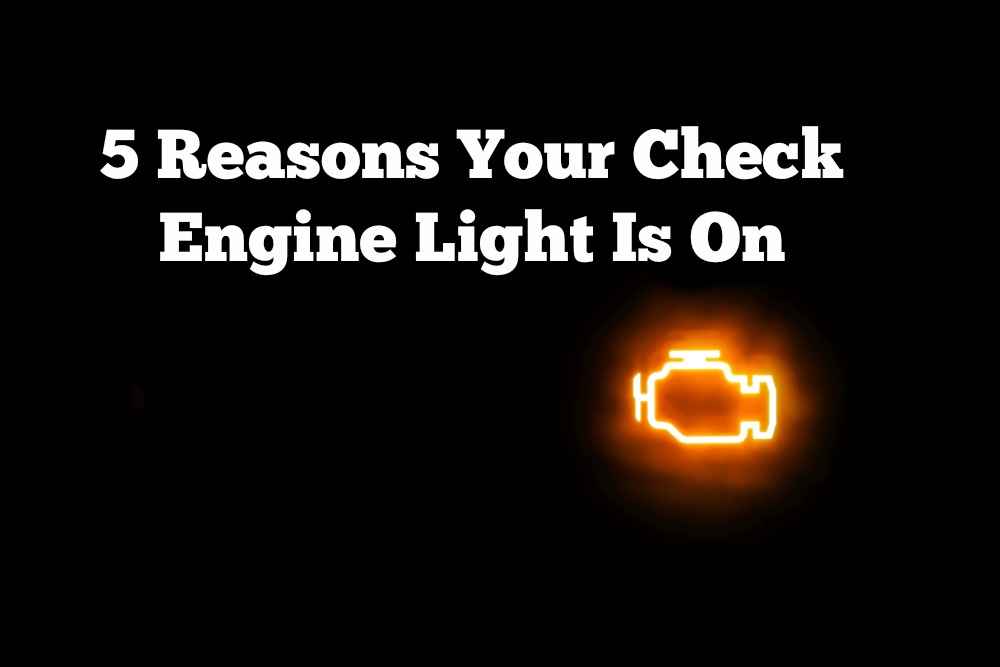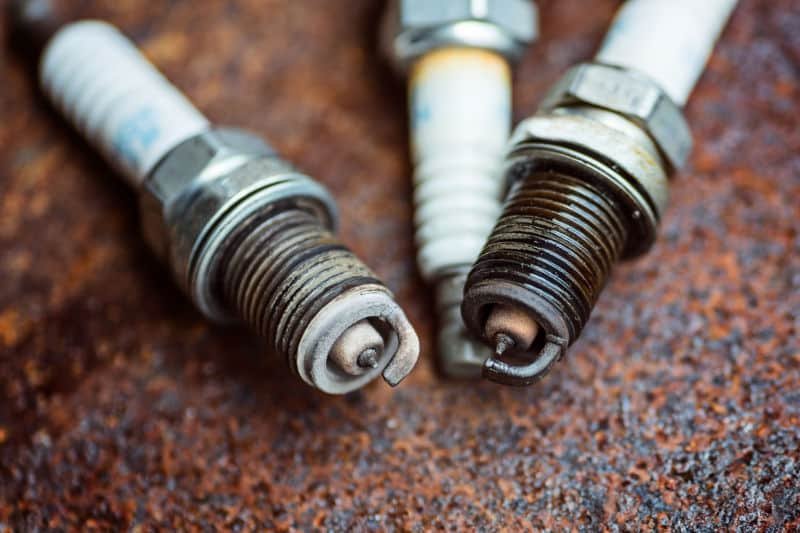Check Engine Light: When your car check engine light illuminates your dashboard, it usually causes little tension while driving the vehicle.
Light can be a minor problem, like a faulty gas cap or something more serious like a misfiring engine. In many cases, that means you will visit a car dealer to repair the problem and turn off the light.
Check engine light – also popularly known as a non-functioning indicator lamp – is a signal that something is wrong with the car engine system.
Also Read: 5 Best Jeep Wrangler Light Bars for 2021
Why my check engine light is turned on?
Check engine light may appear to be on for a number of reasons. Say it could be something like a simple loose gas cap triggers an alarm.
Major problems such as failed internal engine components can also turn on the light. If you want to know what is wrong with your car, it is best to diagnose a professional problem.
What is the reason for turning on the check engine light?
There are countless reasons for the check engine light to come on. This engine light is an important part of your vehicle’s onboard diagnostic system.
Your car computer lights up an alarm whenever it detects a powertrain (engine, transmission, and related components) problem that increases tailpipe emissions.
Say, for example, a simple defective gas cap, which allows fuel vapor to escape into the atmosphere, triggering the light.
Similarly, there is an internal engine problem that can lead to a misfire, so increased hydrocarbon emissions can also turn on the light.
And to make things even more complicated, because each car is different, the light trigger varies depending on the year, manufacture, and model.
There is no particular way to tell for sure why your check engine light shines without any repair work.
We can tell you that the check engine light turns on for powertrain-related issues. Unlike the check engine light, your antilock braking system triggers the ABS light.
In fact, these days, different parts of a vehicle are closely related, and in some rare cases, a problem in one subsystem (e.g., antilock brakes) can trigger alerts in another subsystem (e.g., powertrain).
But in most cases, if the check engine light is on means there is a problem somewhere in the powertrain or related parts.
Solid vs. Flashing Engine Light means

Check engine light means it can vary depending on the solid or flashing light.
Both the solid and flashing engine check light indicate that a problem has been detected. Moreover, if a flashing engine check light is on and blinking, that it is a serious problem that demands your immediate attention.
If you see a flashing light, it is advisable to consult a mechanic as soon as possible to avoid serious damage.
In some vehicles, the engine light does not light up when the situation is urgent. Instead, the light appears red or orange instead of yellow when an emergency problem is detected.
The bottom line is that you should always diagnose and repair your vehicle regardless of whether the check engine light is tight or flashing. Flashing light indicates an immediate problem.
To protect your vehicle and avoid costly repairs – seek the help of a mechanic as soon as possible.
Common causes for your check engine light to turn on
With this in mind, explore some common reasons why your check engine light is turned on.
1. Engine problems
It goes without saying that engine problems trigger a check engine light. The control module monitors engine operation through the collection of sensors. And when it detects an engine problem, the check engine light will be on automatically.
2. Transmission problems
The car’s transmission utilizes engine power and transfers it to the drive wheels for movement. Since the two assemblies work very closely, the problem in transmission also increases tailpipe emissions. So, if the control module detects a problem in the transmission, it will turn on the check engine light.
3. Problems with emission devices
Modern vehicles have many emission devices on board. Exhaust Gas Recirculation System, Catalyst Converter, Evaporation Emission System – The list goes on and on. Each part of the puzzle is designed to reduce tailpipe emissions, thereby protecting the environment and making the world a safer place.
We do not go into these components and systems individually because, obviously, there is a lot to list. But trust us when we are told that the emission equipment failure can easily turn on the check engine light.
4. Problems with modules and sensors (electronic powertrain controls)
Extensive sensors and modules control today’s powertrains. Furthermore, the modules communicate with each other through a vast data network. Problems with sensors, modules, networks, and wiring can trigger a check engine light.
5. Ignition system problems
The ignition system includes spark plugs, coil packs, and everything else needed to ignite the air/fuel mixture inside the engine. As you probably guessed, the control module monitors the operation of the ignition system. And if it detects a problem it will turn on the check engine light.
Does a low oil check cause the engine to light up?
Some people think that a check engine light indicates that their vehicle is low in oil. As discussed earlier, the engine check lights may be turned on for numerous reasons, but a low oil level is usually not one of them.
Having a low oil is a serious problem, but it will not trigger your check engine light.
However, this will cause the oil light on your dashboard to turn on. This light looks like an oil can, with a drop of oil dripping from its spout. If you turn on this light, it indicates that your vehicle needs more oil.
Is it safe to drive with a check engine light?
Pay attention to your vehicle performance. Do you hear any strange noises? Is it still driving smoothly or is it stopping and overflowing?
If you do not notice anything unusual, it is safe to drive your vehicle to a safe place, even if the check engine light is on.
However, proceed with caution and make sure it is repaired and repaired immediately to prevent further damage.
In the event that your vehicle is turned off during operation or other dashboard lights are suddenly turned on, it is a good idea to stop driving as soon as possible. Slow down and try not to accelerate or change gears.
Stay at this slow, steady speed until you can safely pull up and stop your vehicle.
Engine Check Light Diagnosis: How a Technician Can Help

It’s hard to figure out why your own check engine light is on, but the technician has the tools and equipment to figure it out.
When the check engine light comes on, your car system, often referred to as the control module, stores the corresponding diagnostic trouble code (DTC) in its memory.
A professional mechanic can connect a scan tool or code reader to the OBD port of your vehicle, which is usually located in the steering column, to retrieve this diagnostic code.
This code does not tell your mechanic the exact reason why your check engine light is turned on. Instead, your mechanic will use the code as a starting point to make further troubleshooting and perform additional diagnostic tests to identify the problem.
As an example, a diagnostic code called P0300 is used to indicate that your engine is malfunctioning in more than one cylinder.
It does not tell your mechanic which cylinders are causing the problem or which engine is causing the first misfire.
Your technician can understand where to start looking when investigating the cause of the check engine light being turned on.
After the problem is detected and repaired, the engine check light turns off automatically. If it does not turn off or reappear, it may need additional repairs.
What to do if your check engine light is on?
You have no idea what a check engine light is. The warning is simple and not dangerous – or serious enough to cause further damage to your vehicle.
If you turn on your engine light, you can try to tighten the gas cap. Remember, the check engine light can be turned on as a result of a loose gas cap, so tightening the cap can solve the problem. If the light is off, your car does not need to be serviced.
If the light is still on, it indicates a more serious problem in your vehicle.
You should not take any chances. If your check engine light is on, have a professional and repair the problem immediately.




